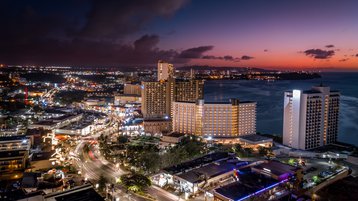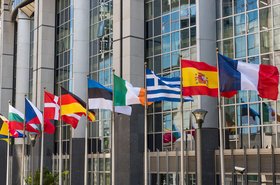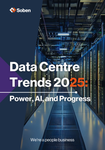The government of Guam is aiming to develop a solar-powered Tier IV data center on the island to improve Internet quality. It is also planning to develop a new government data center at the University campus.
The Office of the Governor this week announced the Guam Five-Year Action Plan for the future of high-speed Internet, revealing the facility.
“This dynamic report will serve as a roadmap for the coming years, addressing the critical issues of free wireless Internet, middle-mile infrastructure improvement, affordability, and the construction of a Tier IV Data Center to reduce latency for real-time applications.”
In the report itself, the government said it wants to close the Internet latency gap in Guam via a “green, Tier IV data center that will serve as a world-class IXP.” It is not clear if the government will seek an official Uptime Tier certification.
The government hopes to attract CDN providers for local caching of content and services and reduce hops and latency. Local infrastructure will also help with redundancy.
“We plan to build an enduring broadband network encompassing a data center that is connected to the public-owned middle-mile architecture and which is accessible to all Internet Service Providers through public-private partnerships that can improve network latency, meet the needs of the unserved and underserved, and address affordability while offering consistent, reliable Internet connectivity.”
The report suggests a site hasn’t been chosen yet, but would feature high elevation and proximity to the ocean, public rights of way, multiple power grid access points, sufficient land area to support a 5-10MW solar farm and tech park campus development, and be near the island-wide terrestrial optic cable network. The report suggests it could invest more than $60 million in the project.
In June, the US Department of Commerce awarded Guam $156 million in Broadband, Equity, Access and Deployment (BEAD) funding for Internet infrastructure.
Governor Lou Leon Guerrero said: “This report underscores our commitment to ensuring universal internet access for all who call Guam home as well as to our valued visitors. We view it as a fundamental right, akin to access to clean water and a secure home. Through the Guam Five-Year Action Plan, we are actively working to ensure that every resident of our island can enjoy the benefits of the Internet, ultimately leading to an improved quality of life for all.”
“Internet connectivity is the lifeline that Guam needs for the progress of telemedicine, education, public safety, business, and tourism,” added Lt. Governor Josh Tenorio. “It bridges the geographic gaps, transforms data into life-saving insights, and propels commerce forward, all while safeguarding our community. In this digital age, connectivity isn’t just a luxury for those who can afford it; it’s a necessity that will empower us to heal, protect, and thrive.”
US-owned Guam is a landing point for more than a dozen current and future subsea cables. While it features multiple cable landing stations, the small number of data centers on the island are owned by local ISPs or cable owners.
University of Guam getting new government data center
Elsewhere in the report, a new government data center is planned at the University of Guam campus. The government aims to develop a 15,000-square-foot (1,400 sqm), two-story data center/Office of Information Technology building. The project will see $15 million invested.
The report notes the current Computer Center, constructed in 1992, is the University’s main data center for the campus but lacks the efficiency and security of modern data centers.
“The new data center/Office of Information Technology Computer Center will provide a modern data center, main central campus technology support, and provide the main computer lab resources for UOG,” the report said. “It will be a data center that content providers, government agencies, and other entities with different security requirements can utilize to better the Internet experience for its Guam users and the Marianas region.”
Hurricane Electric launched a point of presence (PoP) at the data center in 2020.







